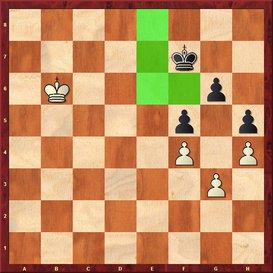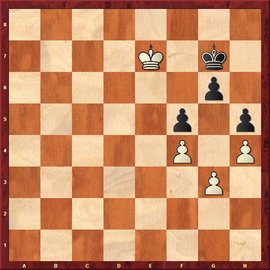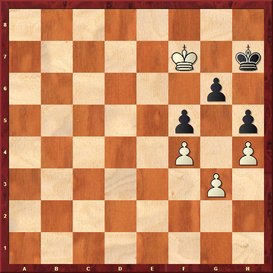- Home
-
Endgames
-
Tactics
-
Direct Tactics
>
- Double Attack
- Simultaneous Attack
- Discovered Attack
- Discovered Attack with Check
- Discovered Check
- Windmill
- Double Check
- Skewer
- Absolute Pin
- Relative Pin
- Breaking the Pin
- Trapped Piece
- Passed Pawn
- Zwischenzug
- Zwischenschach
- Counter Attack
- Zugzwang
- Invasion
- Unstoppable Threat
- Ambush
- X-Ray Attack
- Gain of Time
- Support Tactics >
-
Direct Tactics
>
-
Openings



